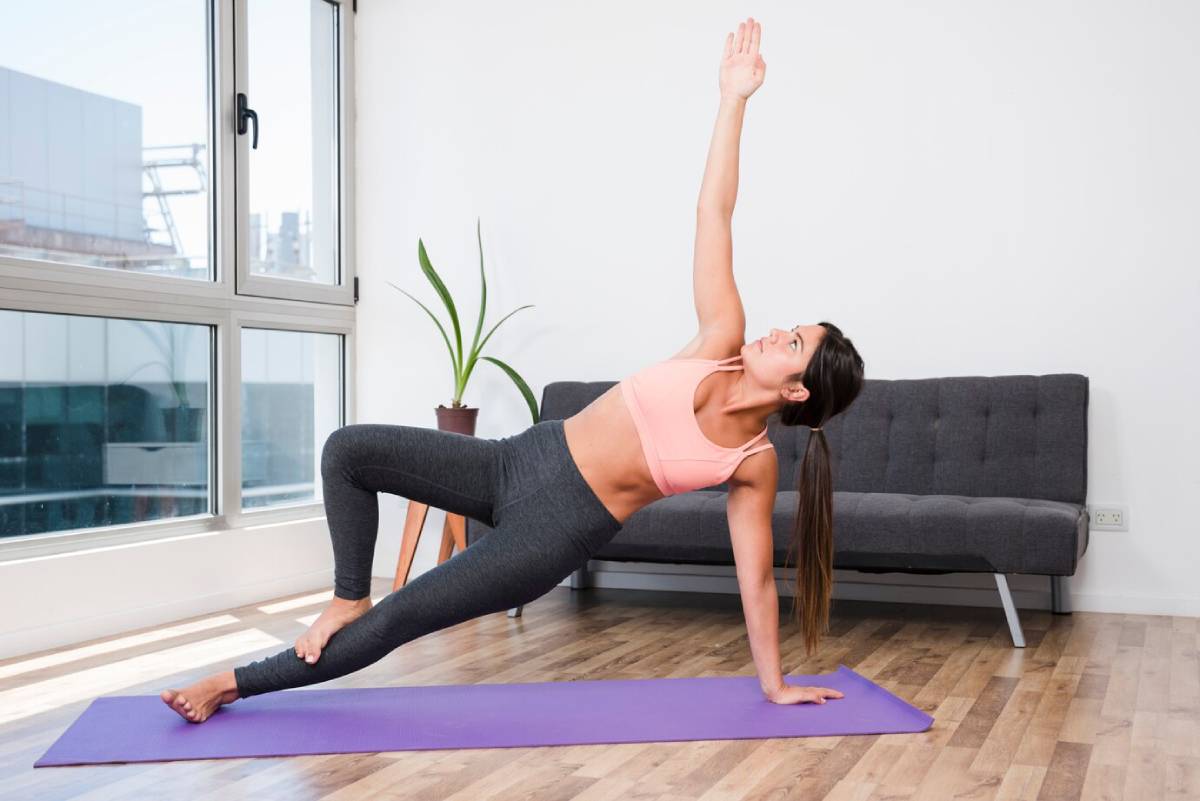
Setting Realistic Fitness Goals for Home Training
When it comes to fitness, setting goals is key. But home training can feel overwhelming. Staying motivated can be tough. Home distractions and missing a gym environment make it even harder. You can set realistic fitness goals, whether you’re breaking through a plateau or starting a new home training program. That makes it something you can win at, and it feels great.
The Importance of Setting Realistic Fitness Goals

Fitness goals are not just milestones. They are the backbone of a successful workout routine. They provide direction, motivation, and a sense of accomplishment. For those training at home, these goals are even more crucial. Without the structure of a gym, it’s easy to lose focus. Set realistic fitness goals. This keeps your home workouts effective and fun.
Make sure your expectations are achievable. It’s tempting to set high goals, but overreaching can lead to disappointment and burnout. Set achievable goals to boost your confidence and keep you motivated over time. Many studies back this idea. They demonstrate that taking on small, attainable goals results in better long-term success.
Key Benefits of Home Training
Training at home offers numerous advantages. Firstly, it provides flexibility. You can work out at any time that suits you, without the constraints of gym opening hours. This flexibility is particularly beneficial for those with busy schedules or family commitments.
Secondly, home training is cost-effective. You can reach your fitness goals without a gym membership. This way, you save money too. Now, with online workout programs and apps, you can get expert help right at home.
Finally, home training allows for a personalised workout experience. You can customize your workouts to fit your needs and likes. You won’t feel the pressure of comparing yourself to others in a gym. This personalisation can lead to greater satisfaction and motivation.
How to Set Realistic Fitness Goals for Home Training
Here are some tips for setting realistic fitness goals for home training. First, you must consider where you are in your fitness journey. This will give you a baseline against which to set your goals. Consider your strength, endurance, and flexibility. Be honest about your current level before you begin.
Next, define your long-term goals. These should be specific, measurable, and time-bound. Set clear goals. Instead of saying “get fit,” try “complete a 5k run in under 30 minutes in three months.”
After you have your long-term goals, start to break more of them down into small, short-term goals. These should take a few weeks or months, at the most, and should lead you closer to your larger goals. If you want to get stronger in the long run, aim for three strength-training sessions each week.
Finally, track your progress. Use a journal or an app to record your workouts and note any improvements. This will help you stay motivated and adjust your goals as needed.
Simple Tools to Help You Train at Home

You don’t need fancy equipment to get fit at home. A few simple tools can make your workouts better and more fun.
Start with a yoga mat. It gives you a soft surface for stretches, sit-ups, and floor exercises.
Next, try resistance bands. They are light, easy to use, and great for building strength. You can use them for arms, legs, and even core exercises.
A pair of light dumbbells is also helpful. They can make your workouts more challenging and help you get stronger.
If you don’t have equipment, don’t worry. You can use items at home like water bottles, a towel, or even a chair for support and balance.
Having a mirror nearby helps, too. It lets you check your form and make sure you’re doing exercises the right way.
These small tools can go a long way in helping you stay active and safe during your home workouts.
Common Mistakes to Avoid
When setting fitness goals for home training, there are a few common mistakes to avoid. The first one is setting goals that are too ambitious. It’s great to push yourself, but unrealistic goals lead to frustration and burnout.
Second, do not compare yourself to anyone. Each individual has their unique fitness journey — one workout may be a little more beneficial for one person as opposed to another. Ignore what others are saying or doing; just keep working and celebrate every little win.
Finally, don’t neglect the importance of rest and recovery. It’s tempting to overtrain, especially when you’re eager to reach your goals. However, rest is crucial for allowing your body to recover and preventing injury.
Advanced Insights and Expert Recommendations
For those looking to take their home training to the next level, there are a few advanced strategies to consider. Firstly, consider incorporating a variety of workouts into your routine. This will not only keep things interesting but also ensure that you’re working all areas of your body.
Additionally, consider investing in some basic home gym equipment. You can meet your fitness goals without equipment. However, dumbbells, resistance bands, and a yoga mat can boost your workouts and add more challenges.
Finally, consider seeking guidance from a personal trainer or fitness coach. Many professionals offer online coaching services, which can provide personalised support and accountability.
Staying Motivated While Training at Home
Staying motivated at home can be tough, especially without a trainer or gym environment. But there are simple ways to stay motivated.
A tip that many give is to create a routine. Do your exercise at the same time each day, if you can, so that it’s part of your routine. You can even use your mobile phone to set reminders.
Another idea is to make your space fun. Listen to energising music, wear clothes that bolster your confidence, or even light a candle to set an upbeat mood.
It also helps to track your wins. Write down each workout you complete. Seeing your progress on paper can boost your mood and keep you moving forward.
Lastly, reward yourself! After hitting a goal, treat yourself to something you enjoy—like a healthy snack, a relaxing bath, or a movie night. These small rewards can help you stay excited about your fitness journey.
Conclusion: Setting Fitness Goals at Home

Setting realistic fitness goals for home training is key to reaching your fitness dreams. Assess your fitness level, set clear goals, and track your progress. This way, your home workouts will stay effective and fun. Avoid common mistakes like setting too high or skipping rest. Also, think about using advanced strategies to improve your training. Home training can be rewarding and effective. With the right approach, you can reach your fitness goals at home.
So, what are you waiting for? Set your fitness goals today and start your journey toward a healthier, fitter you.
